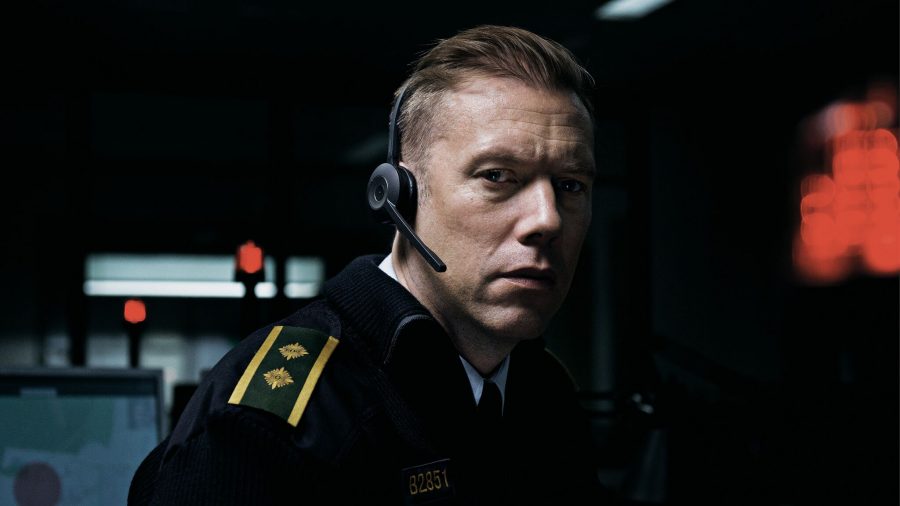Cinema thrives on its appeal to the sense of sight. With all of modern technology available at hand, filmmakers often produce visual thrill rides brimming with CGI and superimposed scenery. Gustav Möller’s new Danish thriller, “The Guilty,” turns this very practice on its head.
The low-budget film received widespread recognition, thrilling viewers and taking home this year’s Audience Award in the World Dramatic competition at Sundance Film Festival and became Denmark’s entry for the Oscar for best foreign language film. The deceptively minimal changes in lighting, setting and camera work push viewers to watch out for subtleties in the dialogue, and in particular, the performance of Jakob Cedergren who plays the emergency police dispatcher Asger Holm.
Asger answers a call from a kidnapped woman and goes to extreme lengths to save her despite his limited resources. Cedergren artfully develops Asger’s character through the use of props and insightful dialogue, mainly with off-screen characters. This technique is revealed at the start of the film when Asger is introduced fumbling a stress ball as he unsympathetically responds to incoming emergency calls. Close up shots of Asger reveal his emotive expressions and acting, along with a short temper that’s ignited in real time as the story progresses. Other characters remain in the background and aren’t brought into focus until Asger acknowledges them.
This emphasis on Asger and his experience is even more evident when the only information revealed to the viewer is through his sense of hearing. Asger asks callers questions to fill gaps in his understanding of a situation, and the audience learns about everything just as he does, at exactly the same moment in time. To make up for a lack of constant new visual information, the focus on sound is exaggerated to the point where police sirens and background chatter are audible through his phone calls. This unifies the audience with Asger and Iben (Jessica Dinnage), the mother of two who is kidnapped by her ex-husband.
At one point, Iben is unable to see in the trunk of her captor’s van and relies on Asger’s verbal guidance, just as the audience is trying to make sense of the narrative solely through the characters’ dialogue. This tell-not-show approach by Möller grounds the film in a way that distinguishes it from the typical thriller canon.
By placing endless limitations — a lack of visual information, the confinement of a two-room set, and minimal interaction between on-screen characters — Möller leaves enough room for multiple storylines that slowly unravel, despite the initial ambiguity of the film. Just as its name implies, “The Guilty” is loaded with layers of meaning and interpretation that introduce a new mode of exhilaration to the thriller genre.
Email Emma Li at [email protected].























































































































































